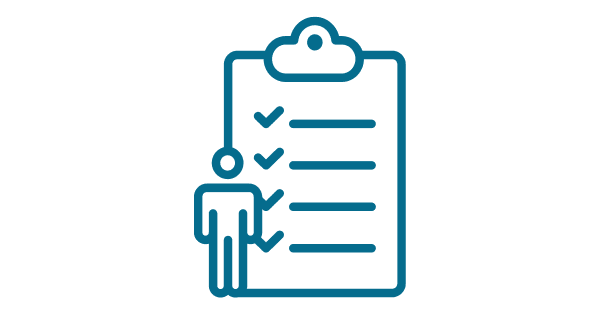Workforce management has always been a tedious process for companies with a large task force. Scheduling and time and attendance tracking are extremely tedious and time-consuming without relevant technologies in place. Fortunately, emerging technologies are helping companies streamline their workforce management processes, optimize performance, and retain their employees. From AI and cloud-based systems to virtual and augmented reality, wearable technology, predictive analytics, and collaborative tools, these emerging technologies are transforming workforce management in profound ways. In this blog, we will summarize what traditional workforce management processes are and explore some of the most innovative and impactful technologies that are shaping the future of workforce management.
Traditional Workforce Management Processes

Traditional workforce management processes often involve manual and time-consuming tasks, such as paper-based scheduling and attendance tracking. These processes are prone to errors and can be inefficient, resulting in wasted time and resources. Communication between managers and employees may also be limited, leading to misunderstandings and a lack of engagement. Performance management may be based on subjective evaluations rather than data-driven insights, which can result in bias and unfairness. Traditional workforce management processes can be a hindrance to productivity and employee satisfaction, making it necessary for companies to explore new and innovative approaches to managing their workforce. Let’s have a look at some of these approaches!
Emerging Technologies in Workforce Management
Artificial Intelligence
AI is one of the most transformative technologies in workforce management. AI has the ability to analyze vast amounts of employee data, identify patterns and trends, and provide insights that can help managers make data-driven decisions. This can help organizations optimize their workforce, improve employee engagement, and reduce costs. AI can also automate routine tasks, such as scheduling and time tracking, freeing up managers to focus on higher-value tasks. Furthermore, AI can personalize communication and feedback, improving employee engagement and job satisfaction.
Cloud-Based Systems
Cloud-based systems offer real-time access to employee data from anywhere with an internet connection, increasing flexibility and mobility. These systems can automate scheduling, time tracking, and performance management, streamlining the entire workforce management process. Cloud-based systems are also scalable, allowing businesses to easily add or remove employees as needed. Furthermore, cloud-based systems can provide greater visibility into employee performance, enabling managers to identify areas for improvement and take proactive measures to optimize their workforce.
Messaging tools

Chatbots and instant messaging can also improve communication and collaboration among employees and managers. These tools can facilitate real-time communication and feedback, reducing the need for face-to-face meetings and increasing efficiency. Collaborative tools can also improve employee engagement and job satisfaction, leading to higher retention rates. With the increasing prevalence of remote work, collaborative tools are becoming even more important in workforce management.
Wearable technology
Wearable devices can track employee activity, monitor vital signs, and provide alerts if an employee is at risk of injury or illness. These devices can also improve communication and collaboration among employees, increasing engagement and productivity. Wearable technology can provide real-time data on employee performance and health, allowing for more proactive management and intervention. Furthermore, wearable technology can help managers make data-driven decisions about their workforce, such as identifying areas for improvement and optimizing their workforce.
Predictive analytics
Predictive analytics can use historical data to identify patterns and predict future outcomes, enabling more accurate forecasting and decision-making. In workforce management, predictive analytics can be used to forecast employee demand, anticipate turnover, and identify potential performance issues. These insights can help businesses optimize their workforce and make data-driven decisions. By leveraging predictive analytics, businesses can identify areas for improvement and take proactive measures to optimize their workforce.
How can Celayix Help?

Our AI-powered scheduling algorithms can automatically create and optimize schedules based on employee availability, skills, and other factors. This can significantly reduce the time and effort required to create schedules manually, while also ensuring that the schedules are fair and balanced. Celayix’s instant messaging feature also enables real-time communication between managers and employees, allowing for quick updates and feedback. This can improve employee engagement and productivity, as well as help managers stay on top of any potential scheduling issues or changes. By leveraging these advanced technologies, Celayix can help companies streamline their workforce management processes, reduce costs, and improve employee satisfaction.
Final thoughts..
Emerging technologies are transforming workforce management in profound ways. From AI and cloud-based systems to wearable technology, predictive analytics, and collaborative tools, businesses have a wide range of options to choose from. By adopting these technologies over traditional processes, companies can improve performance, reduce costs, and retain their employees. As the workplace continues to evolve, it is essential for businesses to embrace these emerging technologies and stay ahead of the curve.





